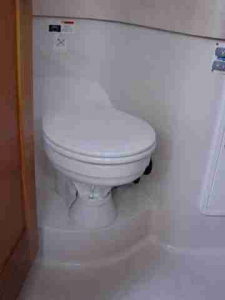XM Satellite Marine Weather
Steve Dublin
May, 2008
Hull #: C380
The following article is from Steve Dublin famous for his 380’s ocean racing and Mainsheet front cover – Warren
About six months ago, I upgraded the GPS/Chartplotter on my Catalina C-380 “Caretta” to a Garmin model 3206. The new chartplotter was mounted in the cockpit on the pedestal guard. It was networked to Garmin’s GDL 30A XM satellite marine weather receiver, which I installed below deck by the distribution panel. The installation process was very straightforward once I learned how to splice an ethernet connection. The watertight ethernet connectors are too large to snake down a pedestal guard tube.
However, Garmin sells a separate connector kit. This allows you to cut off one connector, snake the wire through the tube, and remake a watertight connection. The weather receiver has its own mushroom-type antenna that I mounted on the hoop
You need to be logged in to see the rest of this content. Catalina380-IA members, please login.
To join please fill out a membership application (Association->Membership Application) and send a check to the address on the form.




